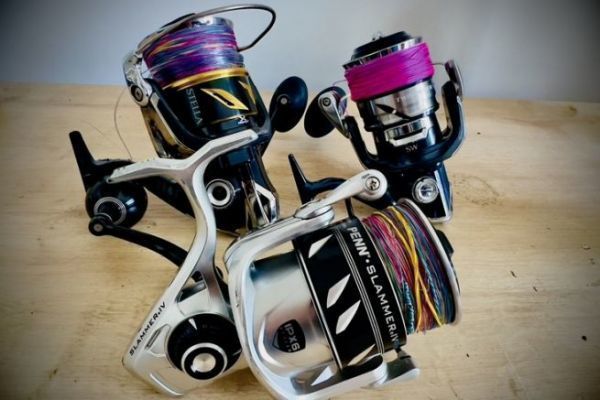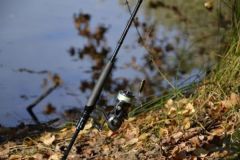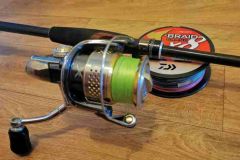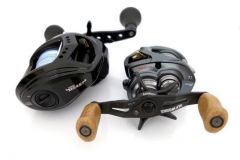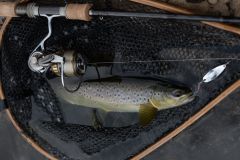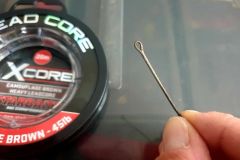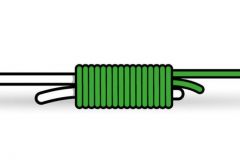Why turn the braid on your reel inside out?
When you're fishing, you're really only using a small percentage of the braid on the spool. Most of them never see the water and remain in the coil.
Next season, instead of investing in a new reel, you can simply change the direction of the reel to fish with the part you've never used before. This only applies if you haven't lost too many braids during the season. That's why I always take 300 m spools and never use baking in the first year.
I sometimes put some on the second year if I notice a significant loss. The addition of baking to fill the braid gap and create a well-braided coil garnished .
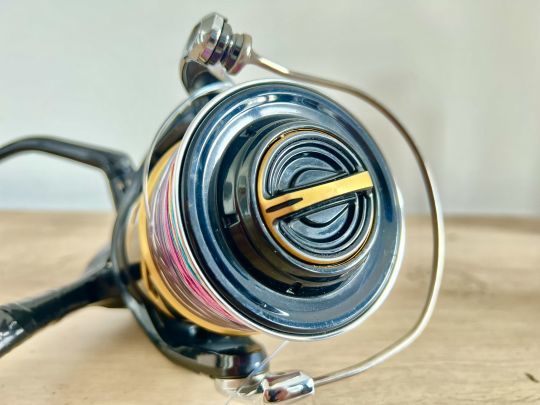
In this case, you'll need 2 empty spools. Be sure to replace the worn braid. In this case, a single spool is sufficient in addition to the new spool with which to fill the reel.
How do I get started quickly?
Previously, I used 2 spools of reels to perform the turning. And I did this on the reel or manually if I didn't have a second reel. A very tedious operation, it has to be said!
At present, I use a screwdriver or drill and 2 spools of empty braid.
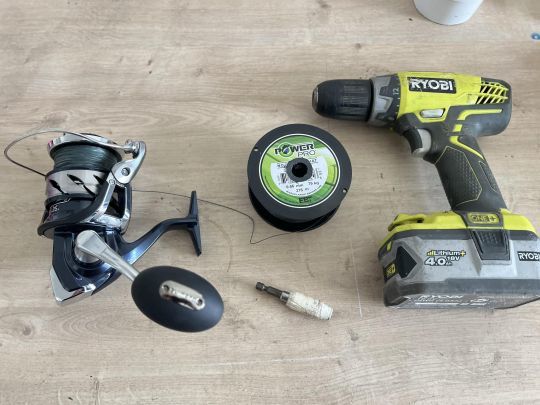
The step-by-step method
First, I make sure to adapt the drill bit to the diameter of the spool by filling the gap with scotch tape.
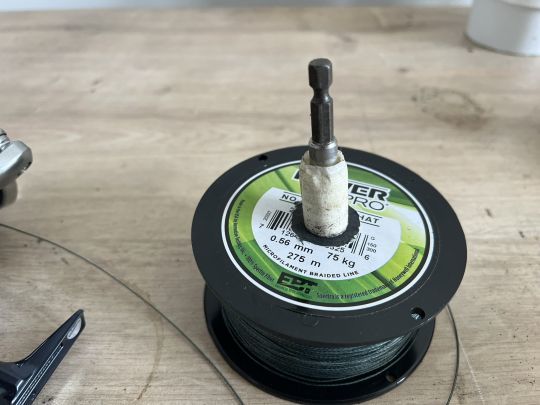
Then I empty the reel spool onto the empty braid spool by rotating it with the screwdriver. It's so much faster than doing it by hand!
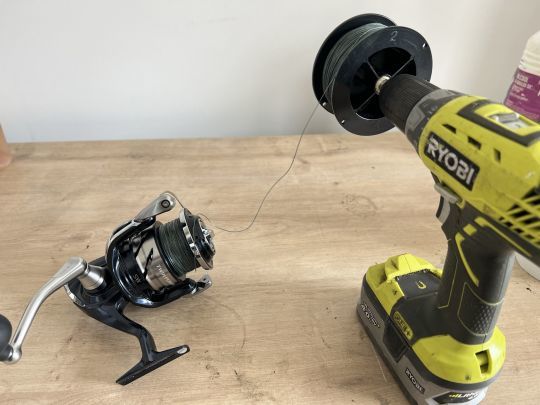
The second step is to repeat the operation on a second empty braid spool. Always use the screwdriver. So you end up with the used part of the braid on top.
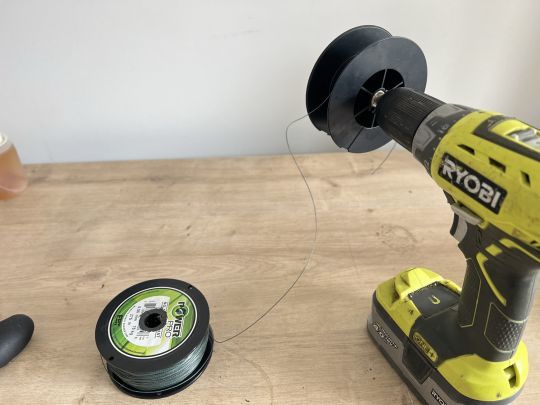
Finally, i all that's left to do is fill your reel, and you've turned the braid inside out. The part that has never been used is now on top of the reel.
To change braid, empty the reel of used braid onto an empty braid spool as described above. All that's left is to fill your reel with new braid.
This tip isn't revolutionary in itself, but it's worth knowing about. For very large bobbins, such as those used for exotic fishing, it makes life much easier.
Garnishing under tension
To do this, I clamp the braid spool in a vice, adding rubber washers to increase friction and create resistance.
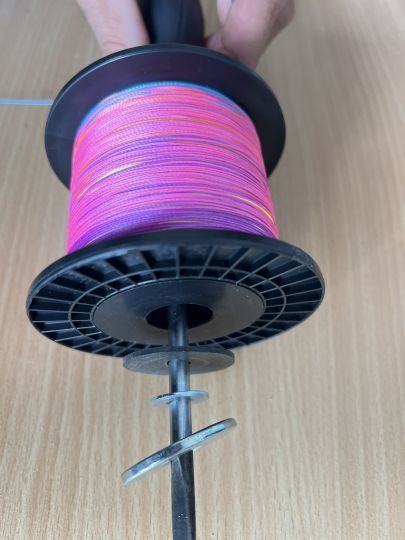
In this way, the line will be taut when the spool is filled. There are also small tools with a spring-loaded system.
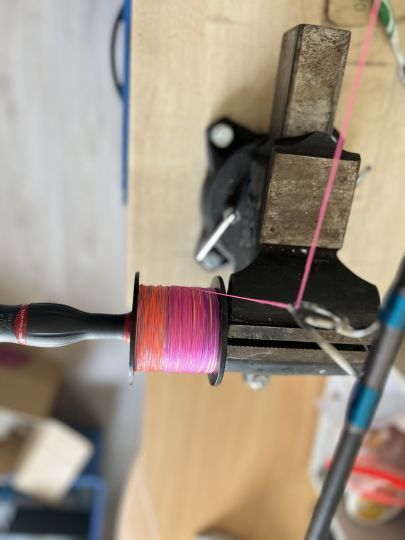
In all cases, before using the braid for the first time, once at sea, I unroll the braid in its entirety, letting it run behind the boat, having placed a popper at the end of it. J e then picks up the line, letting the boat clutch at slow speed. This will tighten the braid perfectly.
